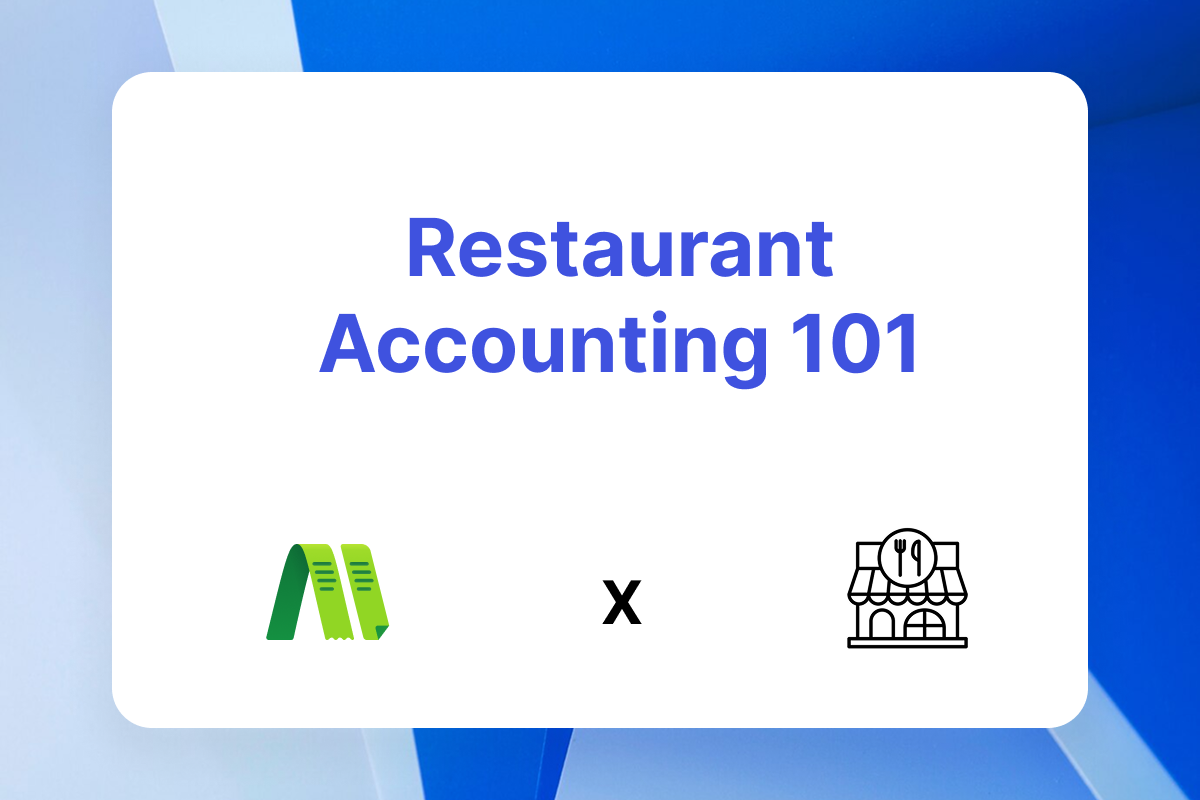
Opening a restaurant takes passion and execution, but to safeguard profits and cash flow, you need a clear and controllable restaurant accounting system.
Whether you are running dine-in service, takeout, or catering events, as long as it involves procurement, labor costs, and sales settlements, your finances must be professional, compliant, and transparent.
Many restaurant owners don’t mind working hard in the kitchen or managing the front of house, but the moment “bookkeeping” comes up, headaches begin.
In reality, straightening out restaurant finances doesn’t require you to be an accounting expert—it only takes the right approach, or the right intelligent tool such as ccMonet.
Compared with other industries, restaurant finances face challenges that are both more detailed and more urgent:
ccMonet is an AI-powered smart financial system, especially suitable for F&B small business owners without accounting backgrounds. Our clients across Singapore and Southeast Asia range from single-outlet owners to chain brands, and many restaurants have solved the following issues with ccMonet:
✅ Smart bookkeeping without accounting knowledge
Staff can simply snap a photo of purchase receipts or reimbursement slips—regardless of language, currency, or even handwritten notes. The system automatically identifies categories, amounts, and suppliers, achieving “one click, auto-entry.”
✅ Automated reconciliation, eliminating manual checks
ccMonet connects with your bank statements, automatically matching transaction records with your accounts, aligning income and expenses one-to-one. This saves hours of manual reconciliation and reduces errors.
✅ Real-time financial visualization
Daily profits, cash flow, and cost breakdowns are all presented in one dashboard. Owners can check anytime, on mobile, with every entry traceable.
✅ Dual assurance with expert support + AI review
Beyond AI automation, ccMonet provides real financial advisors who can answer questions on GST, invoice classification, and deductible expenses—ensuring compliance.
Accounting is not a cost—it’s a tool to help you save costs and amplify profits.
Owners who know how to use the right tools not only avoid tax risks but also use data to drive growth:
These questions can never be answered reliably by intuition alone—only by a system.
If you are still doing your books manually or on Excel, now may be the best time to switch tools.
Choosing a smart platform that understands restaurants, finances, and Southeast Asian SMEs will give you more confidence in facing upcoming business challenges.
👉 Want to learn more about how ccMonet helps F&B businesses improve financial efficiency?
Click here to book a free consultation >